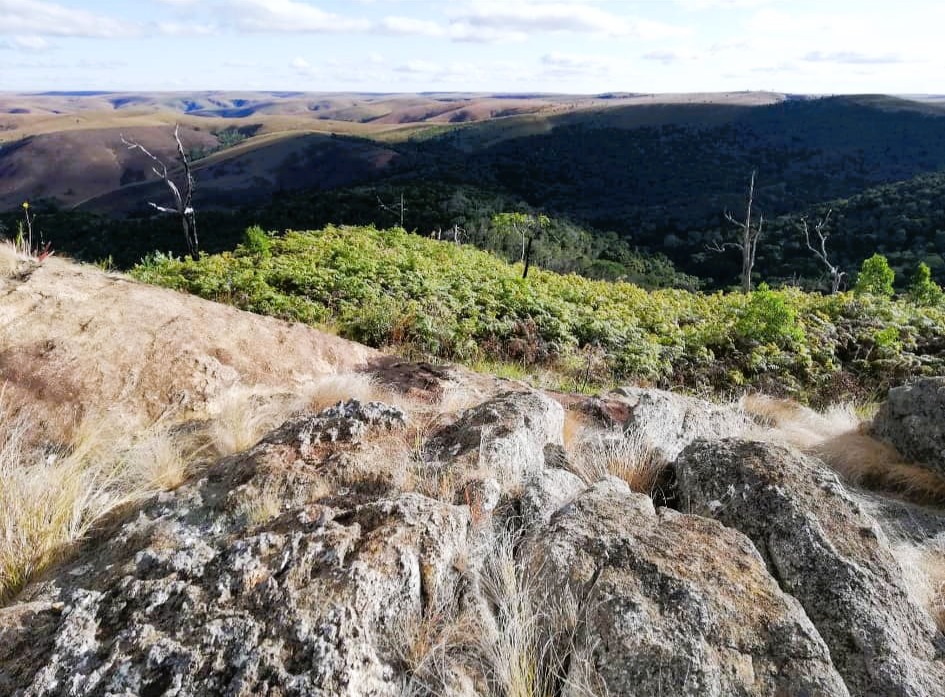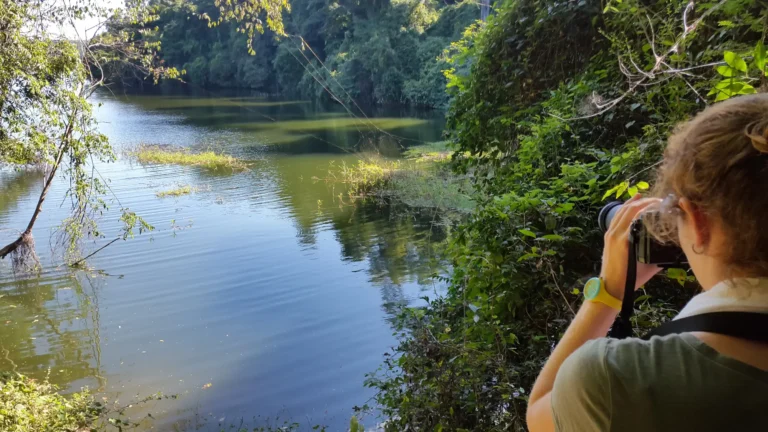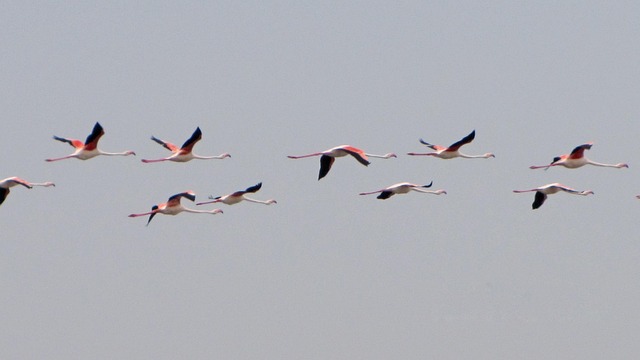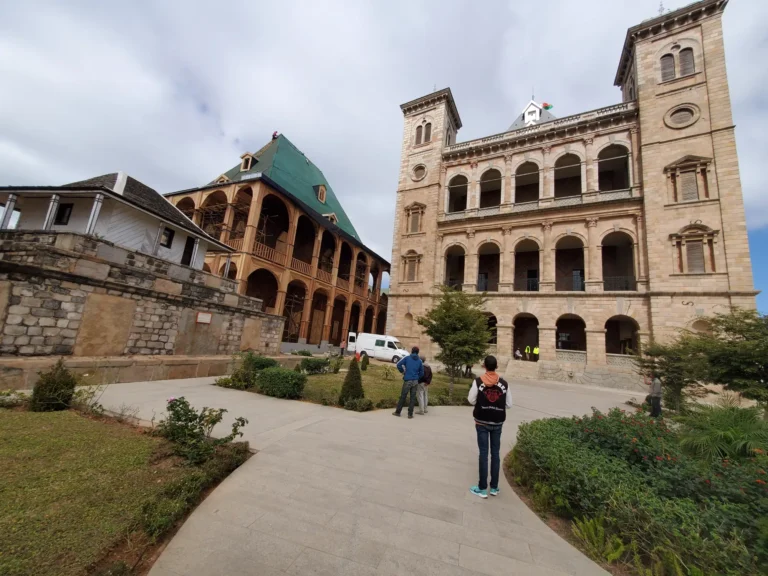Ambohitantely National Park, officially known as the Ambohitantely Special Reserve, is an ideal stop for nature lovers traveling toward Ankarafantsika. Located about 140 km northwest of Antananarivo, in the Ankazobe district (Analamanga region), it protects one of the last remaining fragments of primary forest on Madagascar’s central highlands. In fact, it is the only protected area in the entire region.
This reserve covers nearly 5,600 hectares, including 1,800 hectares of dense, humid natural forest and 3,800 hectares of savanna. It is one of the few surviving remnants of central highland forest and plays a vital role in preserving local biodiversity. Several lemur species can be found here, such as Eulemur fulvus, Microcebus rufus, and Avahi laniger, along with 48 species of birds, 17 species of reptiles, and a remarkable variety of flora. This includes the wild olive tree (Olea ambrensis) and a notable population of Dypsis decipiens, a palm species endemic to the highlands between Ankazobe and Fianarantsoa. Botanical surveys have identified up to 35 plant families in the reserve.
The site also holds cultural significance and is inhabited or frequented by various ethnic groups, including the Merina, Betsileo, and Betsimisaraka. A botanical garden has been developed to support scientific research and educational activities, further emphasizing the reserve’s ecological and pedagogical importance.
Although the tourist infrastructure is fairly basic, the reserve offers marked trails, local guides, a small camping area, and several circuits that allow visitors to explore caves, waterfalls, scenic viewpoints, and of course, the diverse wildlife and vegetation. Access is via a secondary road branching off from the RN4, making it a relatively easy trip from Antananarivo, yet still an off-the-beaten-path destination.
Ambohitantely Reserve stands out for its status as a major biological interest zone, its contrasting landscapes of forest and savanna, and its strong ecotourism potential. However, it remains vulnerable to threats such as bushfires and illegal logging, making it not only a place of discovery but also one of conservation and environmental awareness.






